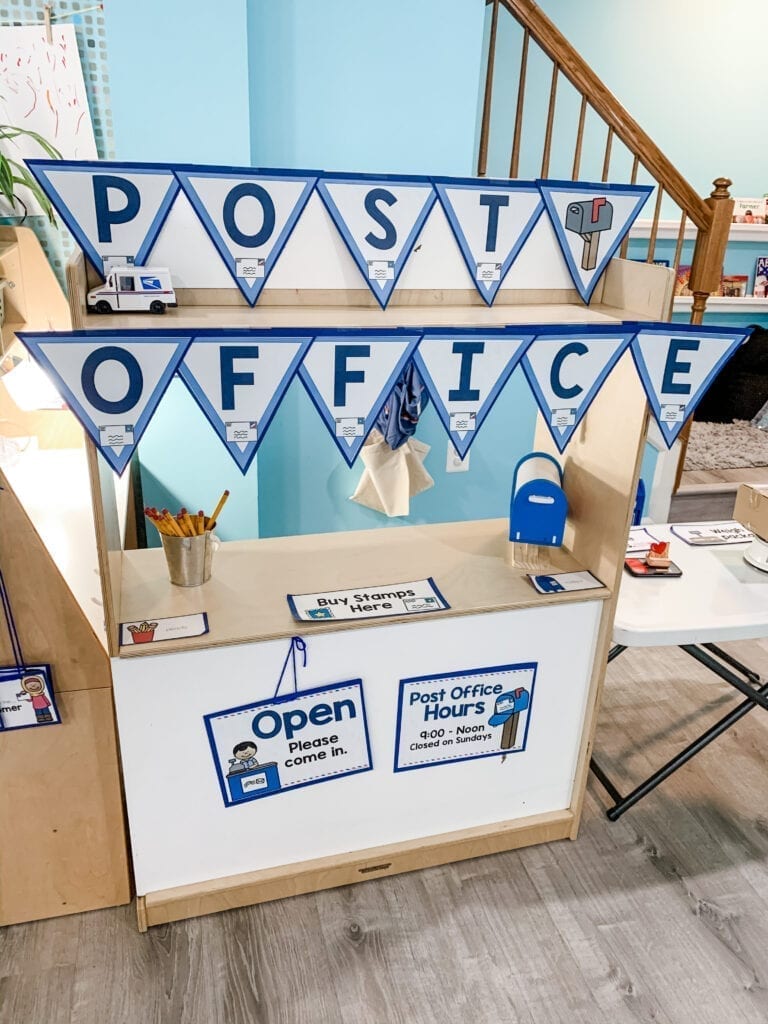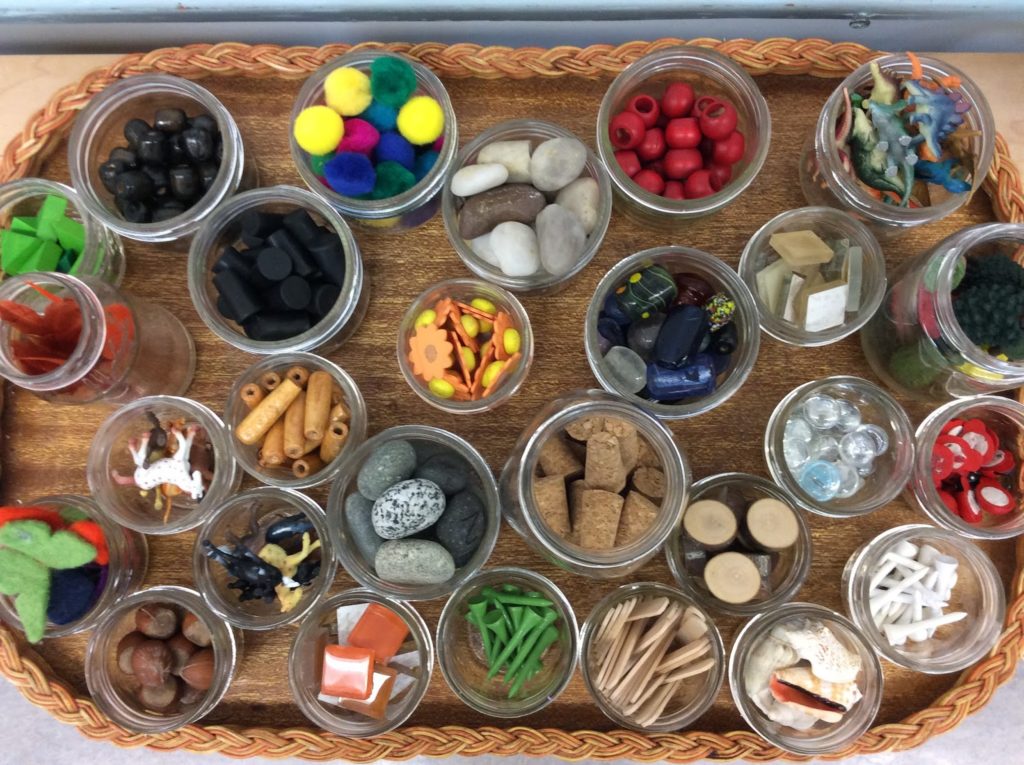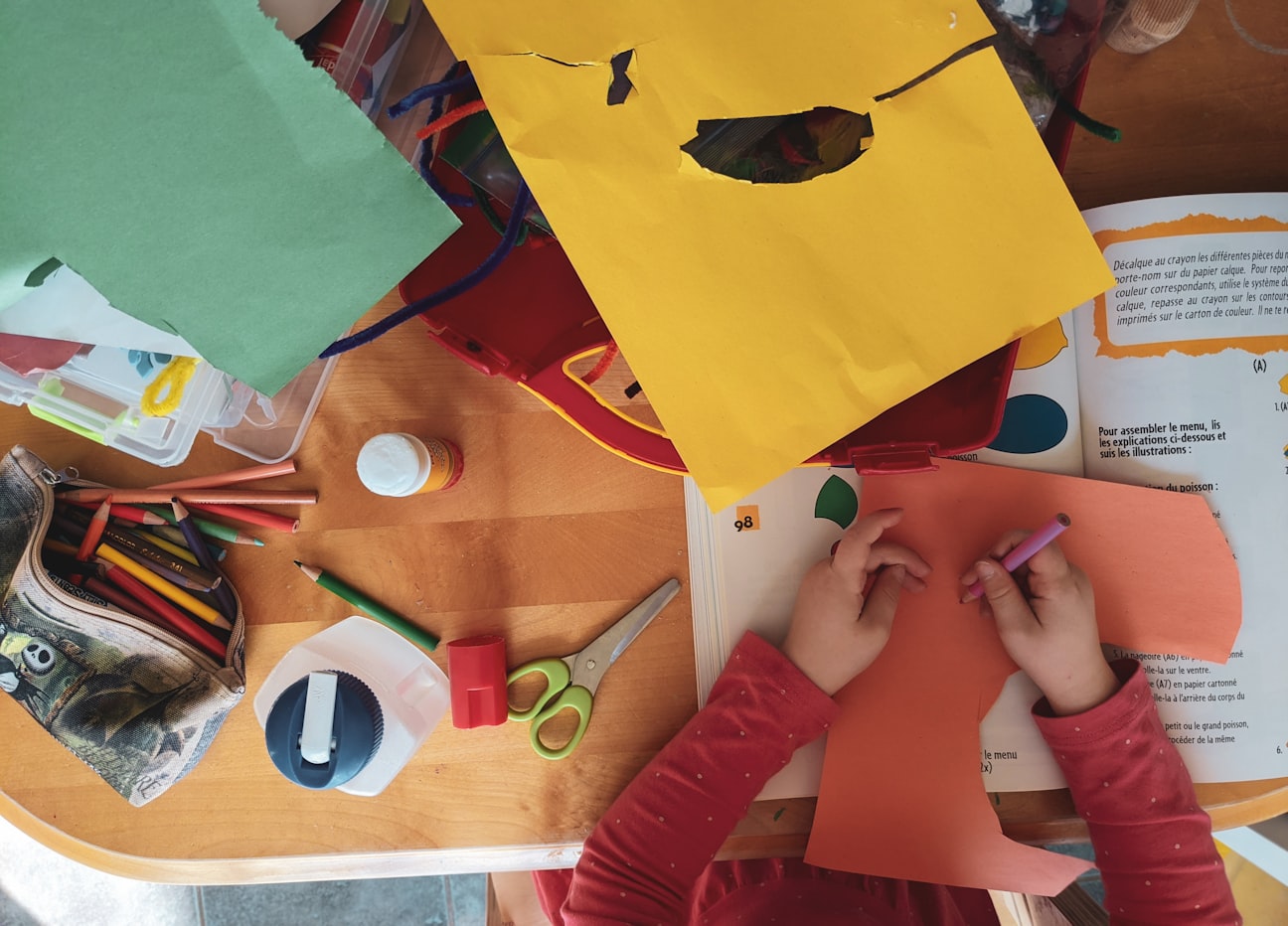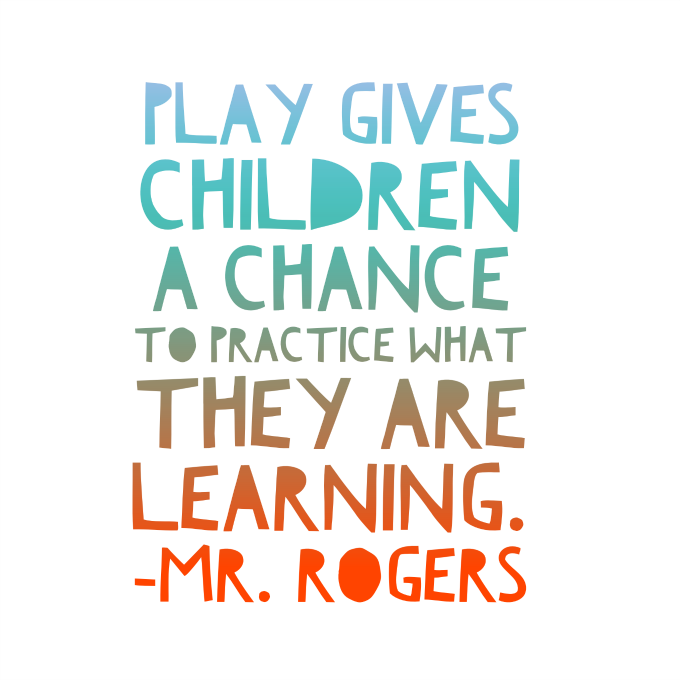2020 taught us a lot as a teachers.
It taught us how resilient our students are (and how we are!), how to adapt within any given moment, and get back to the basics which is the social-emotional wellbeing of not only our class but with our colleagues and ourselves.
That's why I couldn't stress play enough - especially for kindergartners - and how it's ever more important as we all begin to welcome students back to campus.
We all know that as teachers we need to maximize academic time in our classrooms; that ever changing requirements and expectations are being placed on us by administrations and districts. However, in that mindset of pushing every minute for school work we forget that there is so much to be learned about purposeful play.
Purposeful Play
One of the biggest things we can do for our youngest learners at school is to provide opportunities for play. For some god-forsaken reason play has been shunned by school districts everywhere and teachers are pressured to maximize the amount of academic time from the moment students arrive to the time they leave at the end of the day. Yet we struggle to understand why students aren't excelling as they should or wonder why so many students have behavior problems.
Play needs to be understood as the means for children to explore and interact with each other - problem solve, connect emotionally with others - as well as build the necessary skills to make them academically successful.
Will our students be able to solve their own problems if we, the teachers (or adults), are always there to intervene or to offer up resolutions? Absolutely not. Children need the opportunity each day to encounter situations where they need to put into practice the things they are learning - especially so if we're speaking on a SEL level.
Connecting Play to the Common Core
One of the biggest pressures teachers face in the classroom is this push from admin to maximize academic time over play. Well, there's a way for us to interpret our Common Core (or any set of state standards) that will allow us to incorporate play as a means of skill practice. After all, the Common Core Standards are a roadmap to what students should be able to do by the end of that academic year.
As teachers we get the opportunity to expose our students to those standards beyond the blocks of time for direct instruction. Play can easily be incorporated to practice those skills in centers or play stations in the classroom. A discovery center, dramatic play, and similar stations can be created where students have time during the day to explore, interact, and still manage to play.
Connecting Play to the Real World Workforce
When I moved to San Diego in 2018 I took a temporary teaching position for a class called EAK. It stood for Early Admitting Kindergarten and was a glorified Pre-K class full of eager 4-5 year olds who were learning how to do "school" in the semester prior to entering kindergarten in the fall. In that district they had an initiative called "World of Work" where students as early as kindergarten learned about their personality traits, what they're interested in, and how their skills and interests will lend themselves to careers. I was amazed to see my young students engaging with each other in play while making connections on a variety of levels: communication, problem solving, imagination & creativity, etc. and it all linked back to building the skillsets that they'll be expected to have as they enter into the workforce.
Balancing Playtime in Kindergarten
A lot of people hear "play" and they think it's just a time for students to check out and is something that is mindless. For sure students of all ages need this time (I mean, why do you think us adults are so stressed out all the time??) to unwind and relax, but purposeful play is more than what we think.
Play affects so many aspects of a child's development. These areas include: mindfulness of others, builds communication and speaking skills, empathy and compassion, motivation, and develops their imagination and creativity.
"...during play, children learn and practice key social, cognitive, organizational, physical, and emotional skills, including creativity, imagination, and problem-solving.1 The benefits of play are progressive in nature, meaning that the skills kids develop during their fun and games build upon each other." - VeryWell Family
Making the Case for Play
It may take some convincing on our part with admins to allow areas such as play kitchens and dress up simply because they don't see the importance behind this type of play anymore. However, it can be so easy to provide the studies that back-up the importance of play and give them a visual on how play will be experienced in the classroom and that this time will have academic benefits.
Here are a few examples of how you can give your admins a visual of how your play stations will change throughout the year and depending on the unit of study!
Dramatic Play:
Play kitchens can easily be transformed into anything the curriculum covers!
For example, it can become a post office during a lesson on writing letters or learning about community helpers. In math it can become a bank where students practice counting money, exchanging it for other values, and...again...learning about various careers in finance. It can also become a storefront or grocery where students engage in goods/services, using money to purchase items, and put into practice their communication skills.
Items for these play centers can be donated by student families or purchased! You'd be surprised how many odds and ends you can find for free to fill these centers!
Constructive Play:
Block areas are an obvious place where anything STEM can take place. Traditional building materials can be used such as blocks, Magnatiles, and Lincoln Logs or other materials such as toothpicks, paper rolls, and play-doh mats can be used.
Using open-ended materials can be a game changer for any constructive play center because students explore by using their imagination to build and create! Also, you can use blocks and repurpose them for learning academic concepts like sight words as seen below! Here's more
play-based sight word center ideas!
Maker Space Play:
I have always incorporated a "Creation Station" as a part of my daily ELA centers but a maker space can also be a fun station where students can create by using open-ended materials similar to the constructive play station. This is fun and a highly engaging state of play because students can explore the curriculum in a more creative medium.
Games with Rules:
This is huuuuuge for students in kindergarten! There are rules for everything in life and sometimes it can be difficult for young kids to completely understand. That's why it's so important for young learners to have opportunities to play games with rules and who even have winners and losers. Learning to lose is a challenging skill because it often leads to tears and hurt feelings. However, it's a necessary skill to learn and practice just like taking turns.
Games for this station can be as simple as the millions of TpT centers we all own and have prepped or it can be board games like Chutes & Ladders.
Types of Play
Just as it's important to provide play for kindergartners, understanding the
types of play you can observe in children this age is also equally important. This will provide you with what types of activities and games to include in your stations that are appropriate for your classroom!
This is a great visual for the
types of play you will see throughout the year and how each child goes through each one at different times. Our classrooms should be flexible and always be ready to change depending on the needs of the class and what is being studied/explored.
Establishing the "rules" for Playtime
Just like at the beginning of the year or introducing any center, it's very important to establish the ground rules together as a class and be something that's reinforced and discussed all year long. Creating rules as a class invites students in on the conversation about safe and fun behaviors that should be expected and enforced not just by the teacher, but the kids themselves. Slowly play becomes a self-running machine and this time is now more equipped to be purposeful and not chaotic or appear as another recess time.
This is another point to share with your admin in support of having purposeful play as a part of your daily schedule. Community and citizenship skills are intertwined as it relates to developing SEL skills and understanding that we must all work and play in the same space where we can do our best thinking and learning.
Advocating Play in a Post-Covid Classroom
One of the biggest points in support of play that should resonate with any administrator is getting kids readjusted to learning in the classroom again. A year like 2020, and even into the 2021 school year, took its toll on students of all ages and in the younger grades its so important that a child's social-emotional wellbeing is seen as a top priority. Admins need to support their teachers and one way to do that is to allow them the opportunity to establish purposeful play as a part of their daily routines.
There's so much research to support purposeful play in kindergarten and should be considered when a teacher is interested in creating a space/time for it. As teachers we need to prepare ourselves for skeptics and have on-hand a means to present your ideas for play and how it will be used as academic time as well as a means for students to explore and interact with each other in a variety of ways.






















